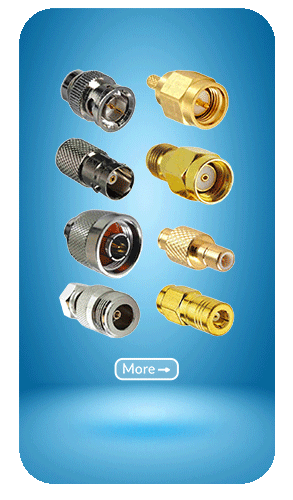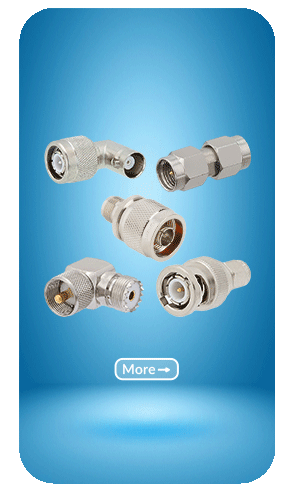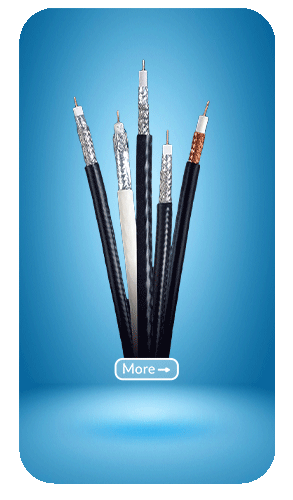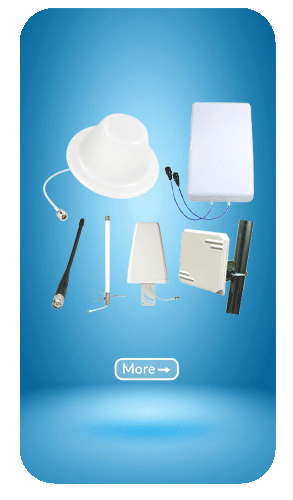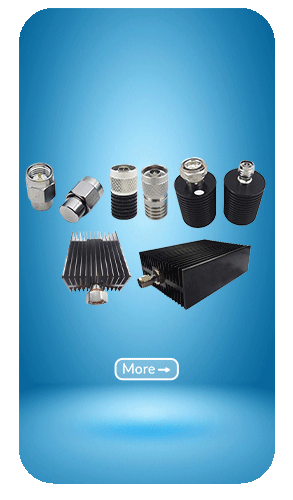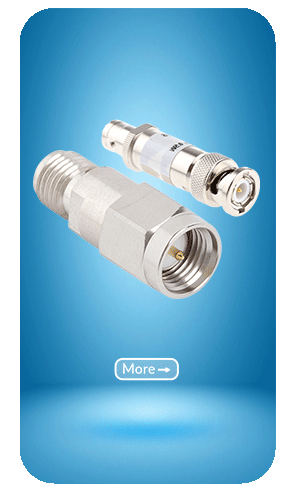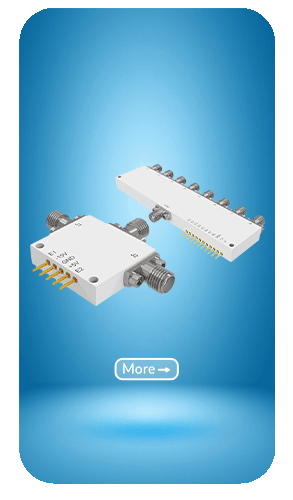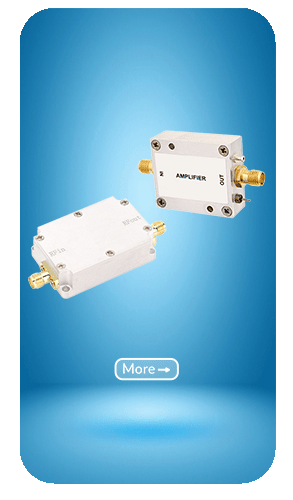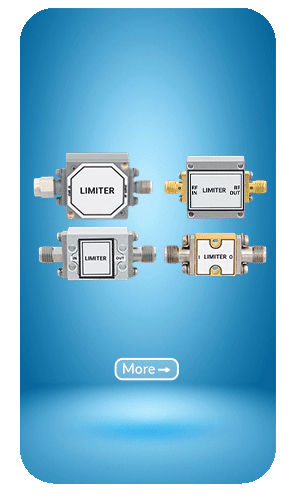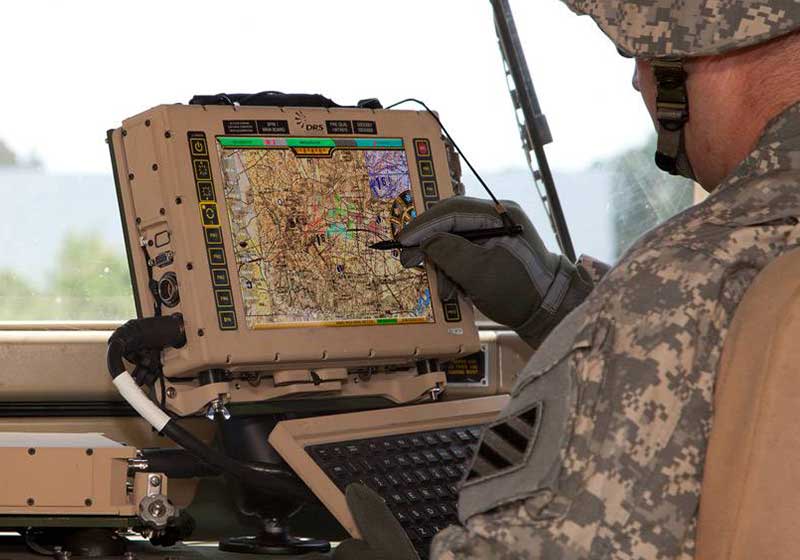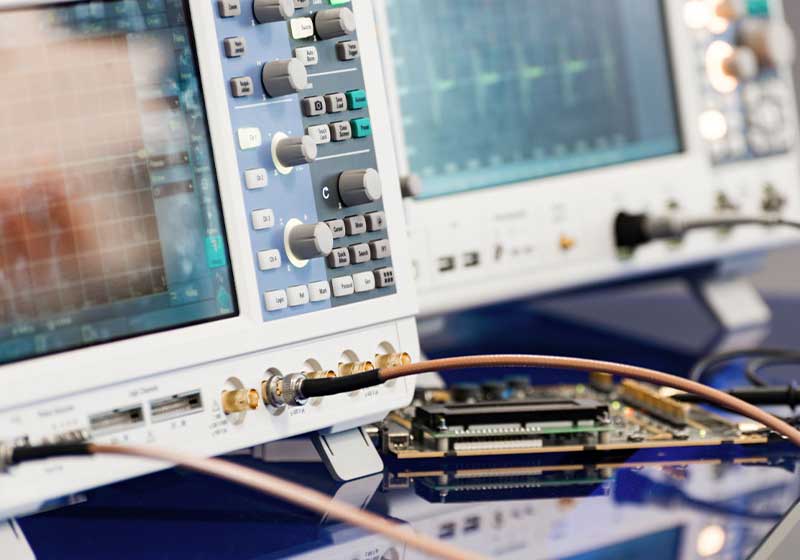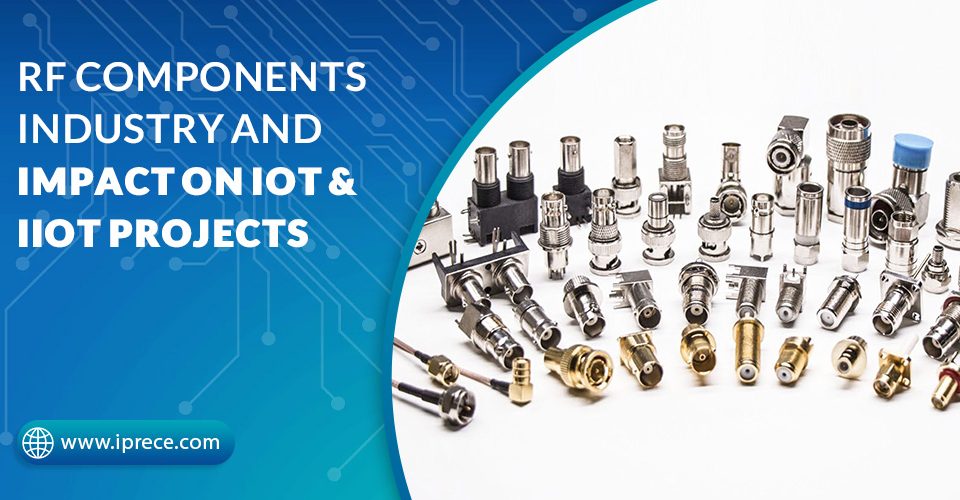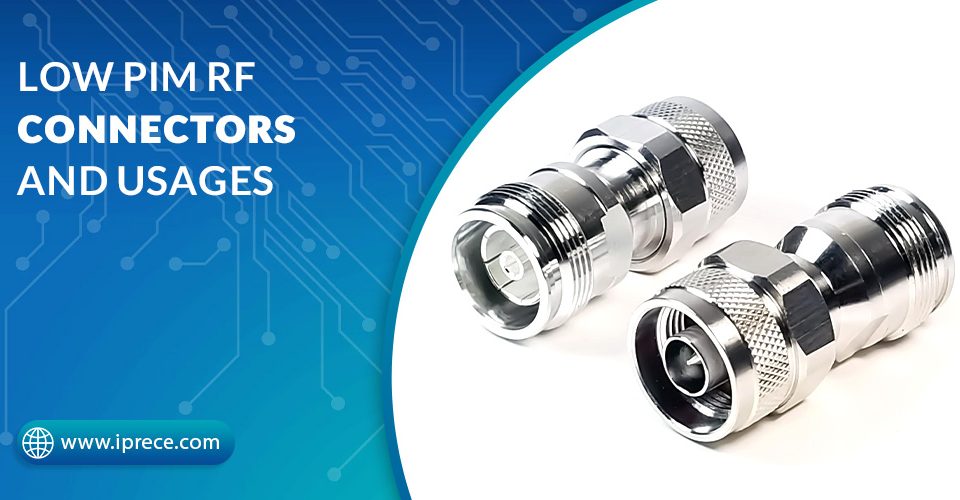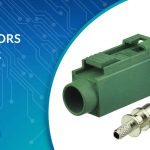
Green RF connectors and their usecases
April 24, 2023
Low PIM RF connectors and usages
May 1, 2023When it comes to selecting the proper RF cable assembly for your project, there are several important parameters to consider. RF cable assemblies are used to transmit signals between RF devices and choosing the right cable assembly is critical to ensuring proper signal transmission and device performance. In this article, we will explore the key parameters you need to keep in mind when choosing an RF cable assembly for your project.
Cable Type
The first parameter to consider when selecting an RF cable assembly is the cable type. The type of cable you choose will depend on the frequency range and power requirements of your project. There are several types of RF cables available, including coaxial cables, triaxial cables, and waveguide cables.
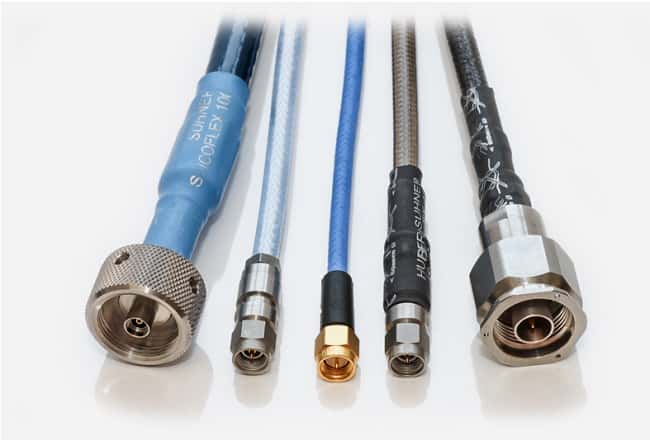
Connector Type
The connector type is another important parameter to consider when choosing an RF cable assembly. The connector you choose must match the connectors on your RF devices to ensure proper signal transmission. There are many different types of RF connectors, including BNC, SMA, and N-type connectors, among others.
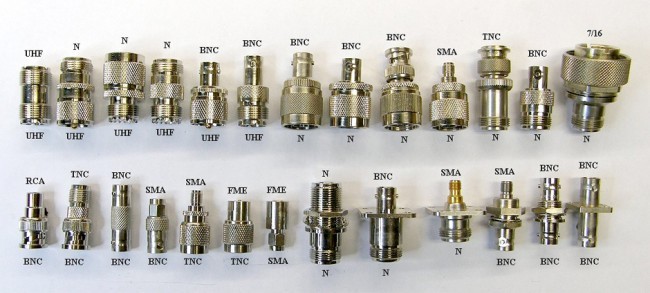
Cable Length
The length of the cable is another important factor to consider. Longer cables can result in signal loss, so it is important to choose the shortest cable possible that will reach between your RF devices. If you need to use a longer cable, consider using a low-loss cable to minimize signal loss.

Impedance
The impedance of the cable assembly must match the impedance of your RF devices. The most common impedance values for RF cables are 50 and 75 ohms. Mismatched impedance can cause signal reflections and reduced signal strength, so it is important to choose a cable assembly with the correct impedance.
Shielding
RF cable assemblies are typically shielded to prevent interference from other devices. The amount of shielding you need will depend on the level of interference in your environment. If you are in a high-interference environment, you may need a cable assembly with more shielding.
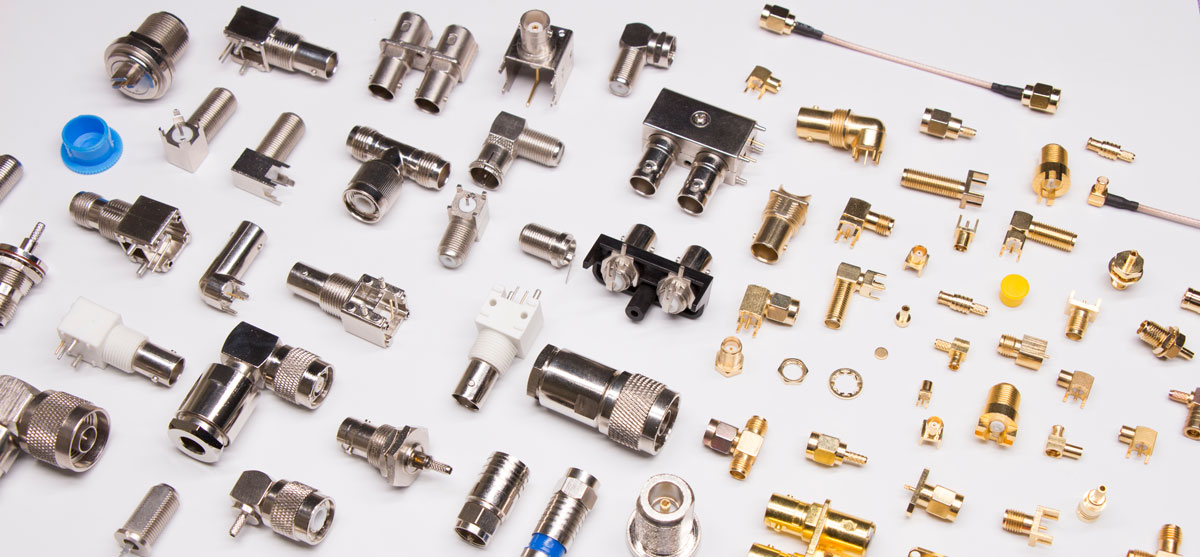
Environmental Factors
Environmental factors such as temperature, humidity, and exposure to chemicals can affect the performance of your RF cable assembly. Be sure to choose a cable assembly that is rated for the environmental conditions of your application to ensure long-term reliability and performance.
In conclusion, selecting the proper RF cable assembly for your project involves considering a variety of factors such as cable type, connector type, cable length, impedance, shielding, and environmental factors. By carefully evaluating each of these parameters and choosing a cable assembly that meets the requirements of your application, you can ensure optimal performance and reliability.


